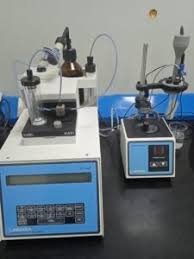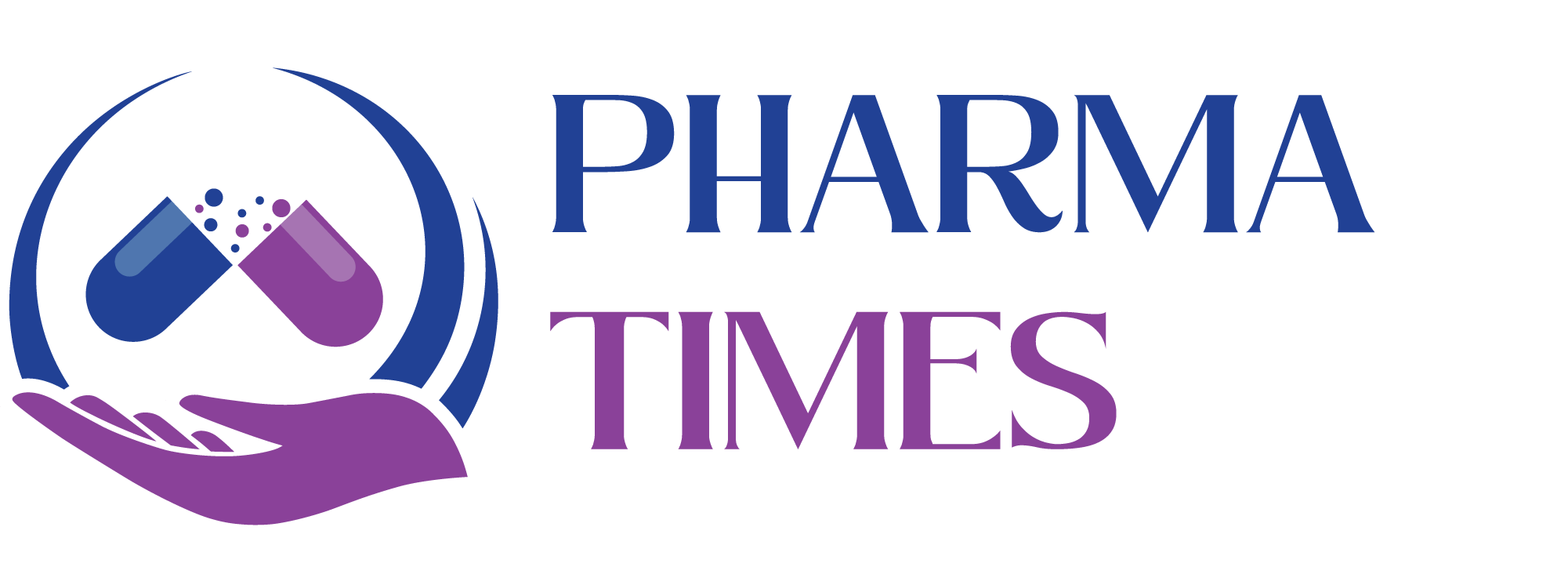Calibration of Automatic Potentiometric Titrator

Calibration of Automatic Potentiometric Titrator in Pharmaceuticals
1. Introduction
An automatic potentiometric titrator is widely used in pharmaceutical laboratories for accurate and reproducible titrations, such as acid-base, redox, complexometric, and non-aqueous titrations.
Calibration ensures that the titrator delivers precise titrant volumes and measures electrode potentials accurately, complying with GMP and pharmacopoeial requirements.
2. Objective
-
To verify that the titrant delivery system and electrode measurements are within specified accuracy.
-
To ensure compliance with pharmacopeia (USP, BP, EP) and regulatory guidelines.
-
To maintain reliability in quantitative analysis.
3. Principle
Calibration is carried out in two parts:
-
Burette Calibration – Verification of titrant delivery volume using a gravimetric method (weight of delivered distilled water → converted to volume using water density tables).
-
Electrode Calibration – Standardization using buffer solutions of known pH or known potential.
4. Equipment & Materials
-
Distilled or deionized water (for volume check)
-
Calibrated analytical balance
-
pH buffer solutions (pH 4.00, 7.00, 9.00) or redox standards
-
Clean burette and titration vessel
-
Water density table
5. Procedure
A. Burette (Titrant Delivery) Calibration
-
Fill the burette with distilled water.
-
Deliver a known nominal volume (e.g., 10.00 mL) into a clean, tared beaker.
-
Weigh the beaker before (W₁) and after delivery (W₂).
-
Calculate water weight: W₂ – W₁.
-
Convert weight to volume using the density of water at the measured temperature.
-
Compare with nominal volume and determine % error.
Formula:
B. Electrode Calibration
-
Select appropriate calibration mode in the titrator software.
-
Immerse the electrode in the first standard buffer solution (e.g., pH 7.00).
-
Allow the reading to stabilize, then record and set it.
-
Repeat with second and third standard buffer solutions (e.g., pH 4.00 and 9.00).
-
The system automatically calculates slope and offset.
-
Ensure slope is within acceptable range (e.g., 95–105% for pH electrodes).
6. Acceptance Criteria
-
Burette Delivery: Within ±0.1% of nominal volume.
-
Electrode Slope: 95–105% (ideally close to 100%).
-
Electrode Offset: Within ±30 mV at pH 7.
7. Frequency
-
Before first use.
-
Annually or as per SOP.
-
After maintenance or suspected drift.
8. Documentation
-
Equipment ID and serial number
-
Date of calibration
-
Analyst and reviewer initials
-
Environmental conditions (temperature, humidity)
-
Calibration results and status (pass/fail)
9. References
-
USP <791> pH
-
ISO 8655 (for volumetric apparatus)
-
ICH Q2(R2) and Q10 guidelines
-
Manufacturer’s operation manual

